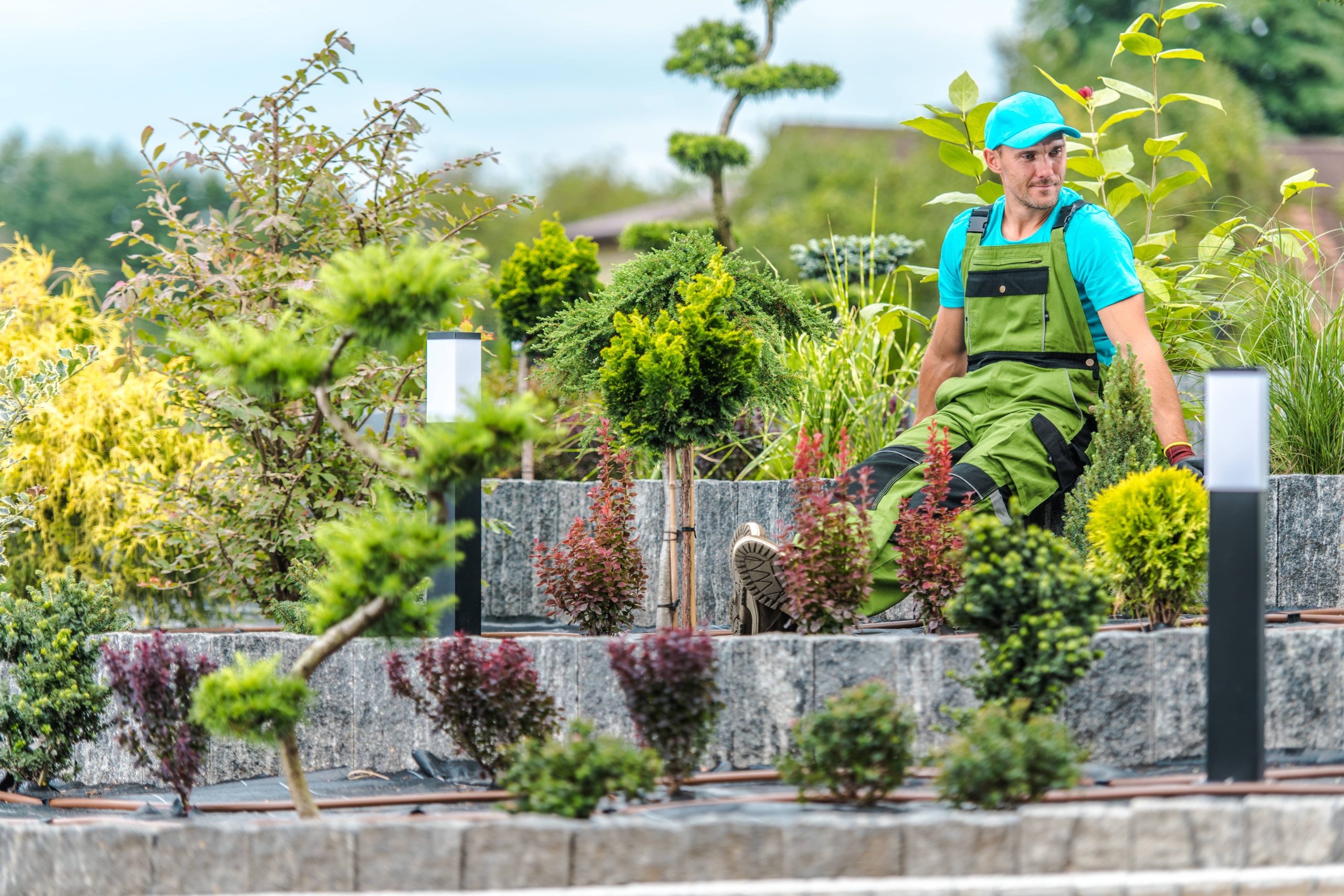
Gardening is a timeless hobby that connects us to nature and the rhythm of the seasons. Among the various gardening techniques, raised bed gardening has gained popularity for its simplicity and efficiency. It’s a versatile option for both novices and seasoned gardeners alike. If you’re looking to dive into the world of outdoor gardening, a raised bed may be your perfect starting point. This comprehensive guide will walk you through the basics of creating and maintaining a thriving raised bed garden.
What is Raised Bed Gardening?
Raised bed gardening involves growing plants in soil that sits above ground level. This technique typically uses wooden, stone, or metal frames to enclose the soil, providing an organized and elevated garden area. Elevated beds offer better soil drainage, improved soil quality, and easier access for planting, weeding, and harvesting.
Benefits of Raised Bed Gardening
Improved Soil Drainage and Aeration
One key advantage of raised beds is excellent drainage. Unlike traditional in-ground gardens, raised beds allow water to run off naturally, preventing waterlogged roots. This improved drainage allows roots to breathe and access oxygen more efficiently, promoting healthier plant growth.
Better Soil Quality
When you create a raised bed, you’re in complete control of the soil mix. This control allows you to customize the soil quality to suit the needs of your plants. You can amend the soil with compost, sand, or other materials to optimize pH levels and nutrient content, resulting in an enriched growing environment.
Extended Growing Season
Raised beds tend to warm up faster in the spring, giving you a head start in the growing season. The soil’s ability to maintain heat can also protect plants from early frosts in the fall. This benefit allows you to enjoy fresh produce earlier and longer than traditional methods.
Easier Accessibility and Maintenance
Raised beds are typically at a height that reduces the need for bending and kneeling, making them more accessible for individuals with mobility constraints or back issues. The contained area also helps keep weeds at bay, resulting in less time spent on maintenance and more enjoyment of your garden.
Setting Up Your Raised Bed Garden
Choosing the Right Location
1. Sunlight: Select a spot that receives at least six to eight hours of sunlight daily. Most vegetables and flowers thrive in sunny environments, so choosing a sunny location is crucial.
2. Water Source: Ensure your raised bed is near a water source to simplify watering. Maintaining consistent soil moisture is essential for healthy plant growth.
3. Level Ground: Choose a level area to prevent uneven water distribution, which can affect plant growth. If your desired location isn’t flat, consider leveling it by adding or removing soil.
Selecting Materials for Your Raised Bed
Raised beds can be constructed from a variety of materials, each with its benefits:
– Wood: Cedar and redwood are popular choices for their natural resistance to decay. Treated wood can also be used but ensure it’s safe for gardening.
– Stone or Brick: These materials create a rustic appearance and are very durable. They require more work to set up but offer a long-lasting option.
– Metal: Galvanized metal beds are sturdy and modern looking. They can be heavy and might get hot in direct sunlight, which is something to consider depending on your climate.
– Recycled Materials: Repurpose materials like old pallets or cinder blocks to create eco-friendly and cost-effective beds.
Building the Raised Bed
1. Size and Shape: A common size for raised beds is 4 feet wide by 8 feet long and 12-24 inches deep. This size is manageable for reaching the center without stepping onto the soil, which can compact it.
2. Constructing the Frame: Once you’ve determined the size, cut and assemble your chosen material into a rectangular or square frame. Secure the corners with brackets or screws to ensure stability.
3. Preparing the Ground: Remove any existing grass or weeds and level the ground. Consider adding a layer of cardboard or landscape fabric to suppress future weed growth.
4. Filling with Soil: Fill your raised bed with a high-quality soil mix. A common blend includes equal parts of topsoil, compost, and coarse sand or vermiculite for drainage.
Choosing and Planting Crops
Selecting the Right Plants
Choose plants that suit the amount of sunlight your garden receives and consider the climate in your area. Start with easy-to-grow crops like lettuce, carrots, radishes, and beans if you’re a beginner. As you gain confidence and experience, experiment with more diverse types.
Planting and Rotation
– Plan Your Layout: Use companion planting techniques to grow plants together that benefit each other. For example, planting basil alongside tomatoes can help deter pests.
– Crop Rotation: Rotate crops each season to maintain soil fertility and reduce the risk of disease. This practice involves changing the planting location of particular crops each year.
Maintaining Your Raised Bed Garden
Watering
Consistent watering is essential. Raised beds dry out faster than ground levels, so monitor soil moisture closely, especially during hot weather. Consider installing a drip irrigation system to ensure efficient water use.
Weeding
The concentrated space in raised beds makes weeding easier, but it’s still necessary to check regularly for weeds. Pull them as soon as they emerge to prevent competition for nutrients and water.
Fertilizing
Enrich your soil with organic fertilizers or well-aged compost periodically to replenish nutrients. Consider side-dressing with compost during the growing season to give plants an extra boost.
Conclusion
Starting a raised bed garden is an enriching experience that offers the promise of fresh produce and beautiful blooms right outside your door. The benefits of increased control over soil conditions and ease of access make it an attractive option for gardeners of all skill levels. With thoughtful planning and diligent care, your raised bed garden can thrive, bringing beauty and bounty to your home garden sanctuary. So, roll up your sleeves and take the plunge into the rewarding world of raised bed gardening. Happy gardening!













